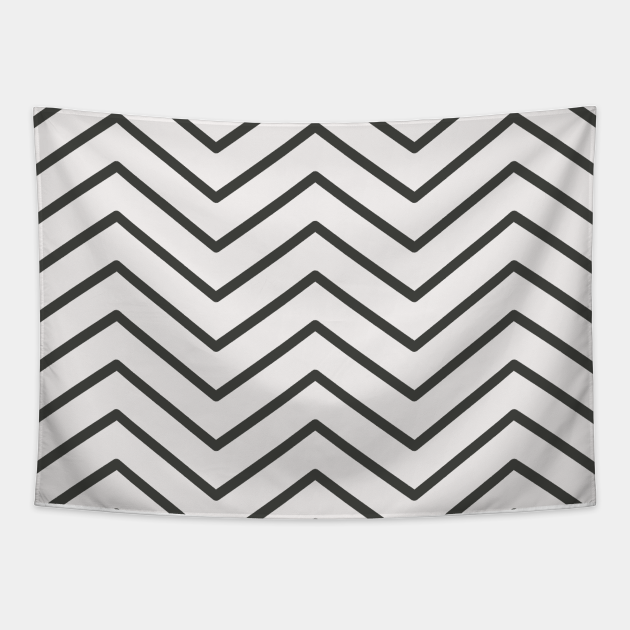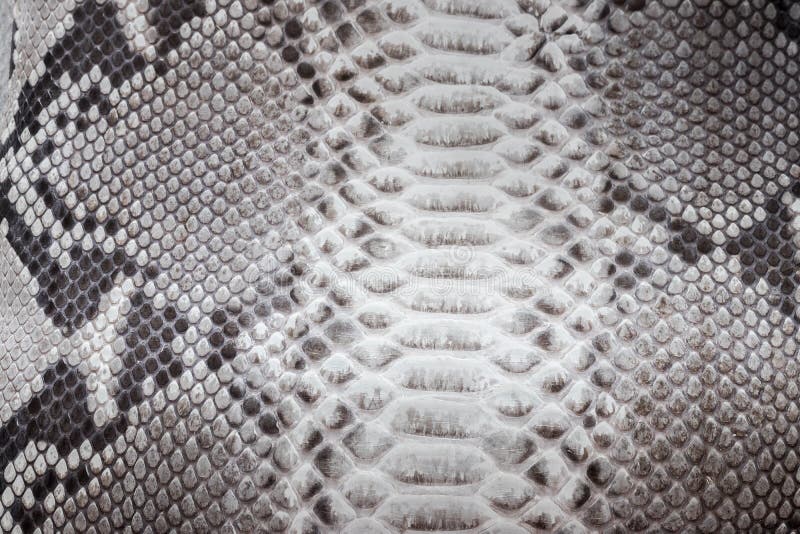

If such passages are removed from the surrounding environment, then the frequency at which Grass Snakes will visit a particular pond will reduce. Ponds, lakes and rivers are the preferred habitat of the Grass Snake, but, not only are features such as bank-side vegetation important to provide cover against predatory hawks and herons for instance, there must be readily identifiable passages of ground cover in the form of ditches, hedges or banks of brambles which lead up to the ponds banks. Well vegetated riperian habitat is ideal for Grass snakes, although they may equally be found on heathland in late summer. They are not commonly found in Scotland, Ireland or large areas of Wales and even the counties of Wiltshire, Cornwall and Devon have areas within them where the ground conditions are not conducive to the grass snake life cycle. Their distribution across England and Wales is becoming patchy, although with increased public awareness and changing attitudes, the provision of man-made egg laying sites, hibernacula installations and refuges in gardens such as landscaping and water features like ponds, may yet make an important difference to numbers and the frequency of local populations.īecause the grass snake enjoys a specialised diet that includes prey items which take on both land and water borne phases annually, It can be found in a wide variety of macro habitats and soil type is not the primary concern, however, where ground cover is naturally restricted in mountain regions, or open and barren moors, then the incidence of natrix will be considerably reduced. They have been recorded from the Balkan peninsula to the Iberian peninsula, although, many areas will not support a local population because of local ground conditions and/or climate, such as the colder, shorter summers experienced upon higher ground. The distribution of the grass snake stretches across the paleartic region from Russia to the UK and from Spain and Greece in the south, up to Sweden and to the latitude of 65 deg North. And only Schweizeri in Greece and Cetti in Sicily currently occupy a position on the 'Red List' of European endangered species. Further east and south, its range is supplemented by other sub species namely, astreptophora, Cetti, Corsa, Cypriaca, Fusca, Gotlandica, Lanzai, Persa, Schweizeri, Sculata, Sicula, Syriaca and Tessellata, 15 (fifteen) sub species in total, although there is some disagreement as to the exact status and classification of these.


Natrix helvetica is most commonly thought of as the British Grass Snake, although its range extends east to Belgium, Germany, Sweden (where it overlaps with Natrix natrix natrix) and the Netherlands. It is usual for the female to possess between 52-56 sub caudal scales, while the tail of the male (which tends to taper more gently from the vent, but, often with a bulge at the base of the tail) will have between 68-72 sub caudal scales, therefore making up to a third of total length. The majority of females tend also to possess two post ocular scales as opposed to the males three post ocular scales and the female will normally have a much shorter tail to body ratio with a marked difference between body and tail width. The female is much larger than the male generally and the head of the female is much more pronounced in being triangular in appearance with eyes deep set into the cheeks whereas the male has an altogether more slender head with eyes that often protrude beyond the line of the face and jaw. The male is more frequently tiny in comparison and individuals of around 600mm are usually among the largest specimens recorded. The female of the species may grow up to 1.2 metres in length (Snout To Vent), however, more mature individuals have been reported as being in the region of 2 metres in length. The black and yellow collar forms a band or ring immediately behind the snakes head.


 0 kommentar(er)
0 kommentar(er)
